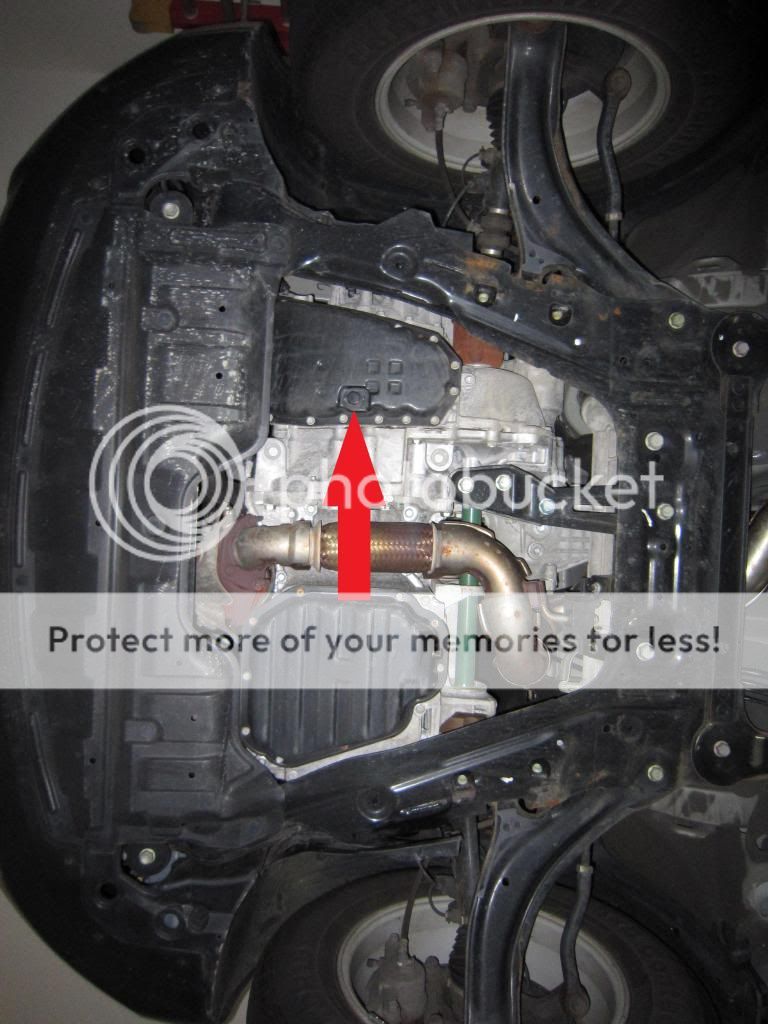

- NISSAN ALTIMA CVT TRANSMISSION FLUID CHANGE MANUAL
- NISSAN ALTIMA CVT TRANSMISSION FLUID CHANGE SERIES
NISSAN ALTIMA CVT TRANSMISSION FLUID CHANGE SERIES
Toroidal CVTs, as used on the Nissan Cedric (Y34), and those built by CVTCORP, consist of a series of discs and rollers. Toroidal CVT used in the Nissan Cedric (Y34) Constant lubrication is required and so the housing is usually partially filled with oil. Therefore the plates are made longer than is needed, allowing for more wear before the chain must be refurbished or replaced. The sliding plates will slowly wear over years of usage. However, the maximum speed is significantly lower than other pulley-based CVTs. Due to the interlocking surfaces, this type of drive can transmit significant torque and so has been widely used in industrial applications. A groove on one side of the pulley is met with a ridge on the other side and so the sliding plates are pushed back and forth to conform to the pattern, effectively forming teeth of the correct pitch when squeezed between the pulleys. The plates may be quite thin, around a millimetre thick. This is achieved by having a stack of many small rectangular plates in each chain link that can slide independently from side-to-side. Positively Infinitely Variable (PIV) chain drives are distinct in that the chain positively interlocks with the conical pulleys. Some CVTs transfer power to the output pulley via tension in the belt (a "pulling" force), while others use compression of the chain elements (where the input pulley "pushes" the belt, which in turn pushes the output pulley). The film needs to be thick enough to prevent direct contact between the pulley and the chain, but thin enough to not waste power as each chain element enters it. An additional film of lubricant is applied to the pulleys. In the stack of bands, each band corresponds to a slightly different drive ratio, and thus the bands slide over each other and need sufficient lubrication. When part of the belt is wrapped around a pulley, the sides of the elements form a conical surface.

In a chain-based CVT, numerous chain elements are arranged along multiple steel bands layered over one another, each of which is thin enough to easily bend. When power is more important than economy, the ratio of the CVT can be changed to allow the engine to turn at the RPM at which it produces the greatest power.

NISSAN ALTIMA CVT TRANSMISSION FLUID CHANGE MANUAL
As the contact area is proportional to the number of elements, chain belts require many very small elements.Ī belt-driven design offers approximately 88% efficiency, which, while lower than that of a manual transmission, can be offset by enabling the engine to run at its most efficient RPM regardless of the vehicle's speed. As the chain moves into the pulleys the contact area gets smaller. Each element of the chain must have conical sides that fit the pulley when the belt is running on the outermost radius. Steel-reinforced V-belts are sufficient for low-mass, low-torque applications like utility vehicles and snowmobiles, but higher-mass and -torque applications such as automobiles require a chain. The radial thickness of the belt is a compromise between the maximum gear ratio and torque. The V-belt needs to be very stiff in the pulley's axial direction to make only short radial movements while sliding in and out of the pulleys.

Simple CVTs combining a centrifugal drive pulley with a spring-loaded driven pulley often use belt tension to affect the conforming adjustments in the driven pulley. Īs the distance between the pulleys and the length of the belt does not change, both pulleys must be adjusted (one bigger, the other smaller) simultaneously to maintain the proper amount of tension on the belt. The V-shaped cross-section of the belt causes it to ride higher on one pulley and lower on the other therefore, the gear ratio is adjusted by moving the two sheaves of one pulley closer together and the two sheaves of the other pulley farther apart. The V-belt runs between these two halves, so the effective diameter of the pulley is dependent on the distance between the two halves of the pulley. The pulleys consist of two cone-shaped halves that move together and apart. The most common type of CVT uses a V-belt which runs between two variable-diameter pulleys. The pulley's effective diameter is changed by pushing the two conical discs either towards or away from each other. CVT in a Claas Mercator combine harvester.


 0 kommentar(er)
0 kommentar(er)
